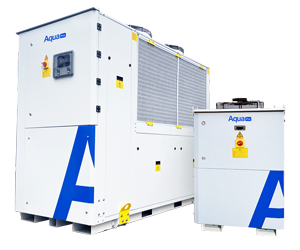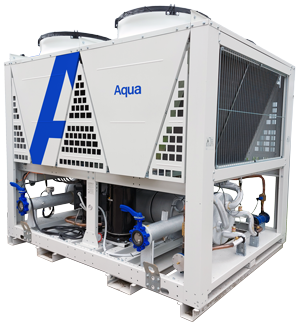The Client –
South Western Ambulance Service
The Challenge –
Data Centre Cooling
The Solution –
In-Row And Rear Door Technology With LPS
Aqua Cooling was called in to regulate the temperature at a Bristol Data Centre that is the beating heart of the south west of England’s medical emergency provision.
The South Western Ambulance Service NHS Foundation Trust (SWASFT) provides ambulance services to the people of Cornwall and the Isles of Scilly, Devon, Dorset, Somerset, Wiltshire, Gloucestershire, and the former Avon area encompassing the cities of Bath and Bristol.
This summer the group turned to Aqua engineers to provide and install a complete Data Centre Cooling system incorporating its patented Leak Prevention System (LPS) in order to ensure the safe and secure storage of its sensitive computerised patient records held at SWASFT’s Bristol headquarters.
Chris Aitken, Data Centre sales engineer at Aqua DCS (Data Centre Services), said: “The SWASFT team was aware of a Data Centre chiller system we had already installed at the University of Bath and realised that a similar, tailor-made solution would be a perfect fit for its own data storage facility in Bristol.”
Aqua’s cooling solution is crucial to the efficient running of the region’s emergency ambulance service — having encountered problems with its previous system, SWASFT was looking for an effective, fail-safe system that would also bring cost and energy savings.
“We’re extremely happy to be working with the South Western Ambulance Service, an organisation that does such excellent and vital work. This opportunity to help ensure that the trust’s operations run smoothly was very exciting — the Aqua team is proud to be a part of such an important service,” said Chris.
Aqua supplied SWASFT with two LPS units, rear door cooler technology and high-performance in-row coolers forming a hot aisle containment system, complete with all the mechanical pipework required for the installation.
Pipework installation began in August, and the system was completed in the autumn — it is now operational and running well. A second phase will see the introduction of a free cooler into the system to increase capacity and redundancy, thereby ensuring optimum energy-efficiency and reducing operating costs.




